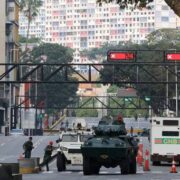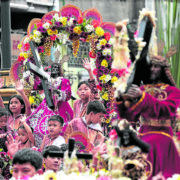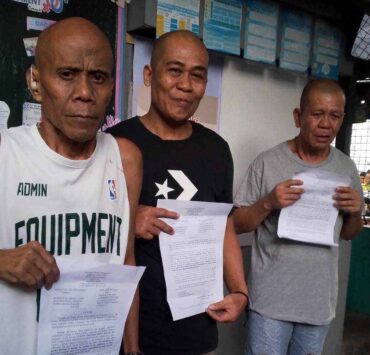PCG assurance: No black sand mining in Zambales

SAN ANTONIO, ZAMBALES—The Philippine Coast Guard (PCG) stressed on Friday that there have been no active black sand mining activities in this province in the last several months.
Cmdr. Euphraim Jayson Diciano, chief of the PCG station in Zambales, said the absence of black sand mining by any vessels was reported by their substations in the province that were tasked to investigate the veracity of the report.
On Tuesday, Philippine Navy spokesperson for the West Philippine Sea (WPS) Read Adm. Roy Vincent Trinidad said they were keeping a tight watch over possible black sand mining in Zambales that was allegedly taken to and dumped in WPS for military purposes.
However, Diciano said that “all of the 12 substations reported of not having the said activity within their area of responsibility based on the information they collected from local sources and site inspections.”
In a separate interview, Zambales Provincial Engineer Domingo Mariano said Gov. Hermogenes Ebdane Jr., also instructed concerned agencies to conduct an investigation into the report.
“We also called Trinidad and ask his source but he said it was not clear. It is hard to say that without validation, even the report of intelligence of PCG does not see any black sand mining activities,” Mariano said in a phone interview on Friday.
According to Diciano, there are dredging operations in the province and it was possible that a “small percentage” of black sand were being extracted during these operations, which were then dumped in reclamation sites mostly in Pasay City or Bulacan province, but not in the WPS.
River clearing work
Dredging operations supposedly to unclog the heavily silted Sto. Tomas River in the boundary of San Narciso and San Felipe towns and the Bucao River of Botolan, both of which drain to the sea, had been the subject of opposition, mainly by residents of nearby San Felipe, where dredging activities were also happening.
All operations in the province were suspended in March following the protests. Affected communities staged several protests saying that these activities harm their livelihood and could be a prelude to black sand mining.
But dredging resumed in Sto. Tomas and Bucao rivers last June after the suspension was lifted by Ebdane.
In San Felipe town, the massive dredging operation was halted by the provincial government in March after 17 Chinese dredging ships were recorded to be operating in the town’s waters.
The operation in San Felipe to unclog Maloma River remains suspended up to now.
However, some residents on Friday claimed that they still spotted on the same day a dredging ship in the waters off San Felipe.
The ship was sighted at the boundary of San Felipe and San Narciso towns, close to the mouth of Sto. Tomas River, which is within the jurisdiction of San Felipe town.
Present permits
Diciano, meanwhile, stressed that “these dredger vessels operating in the province will not dare to do any economic activities related thereto if they don’t have all the necessary documents to back them up.”
However, he added, the “PCG has no way to deny them from entering” the waters of Zambales if they could present “all the necessary requirements and permits from DENR (Department of Environment and Natural Resources) and other agencies.”
Based on Administrative Order No. 13 issued by the DENR on Oct. 24, 2019, the dredging in Zambales was part of the river restoration and flood control project aimed to rehabilitate the “heavily silted channels of the Bucao River in Botolan town, the Maloma River in San Felipe town, and Sto. Tomas River traversing the towns of San Marcelino, San Narciso and San Felipe.”

















